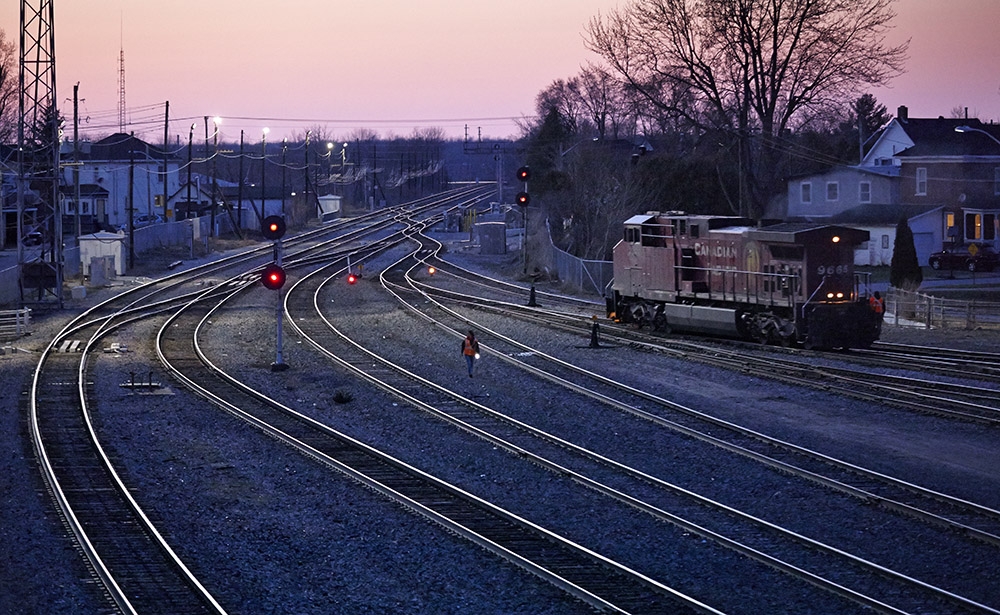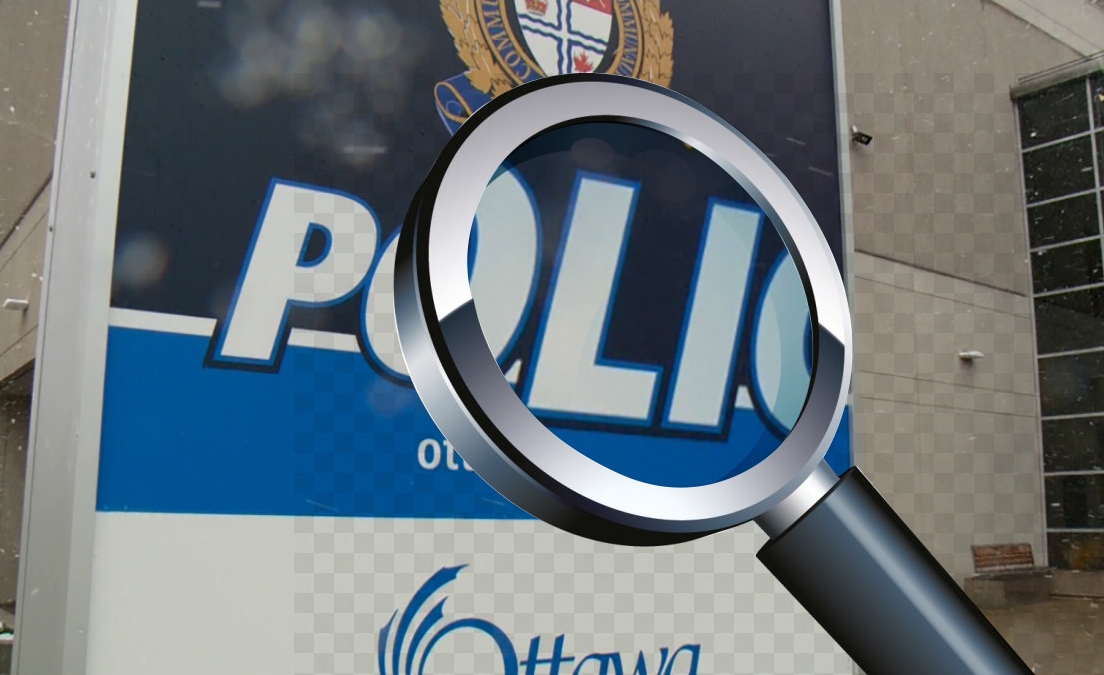
Heal the Rail
photo by Frederic Dekkal
When rail charters were first extended in the 1800s, the great gift of expropriated land came with expectations— that far-flung communities would be well-served, that grain would get to ports quickly and affordably, that goods would be moved efficiently for the betterment of the economy, and that it would be overseen with a keen eye.
Despite the romantic view of the Canadian National and Canadian Pacific railways tying a country together, railway operation has always been motivated by profit. Railway corporations are now traded on the NYSE and TSX. Over 100 railways are registered on the Transport Canada website, of which onethird fall under federal jurisdiction through the Canadian Transportation Agency, and almost two-thirds under provincial jurisdiction.
Lobbying efforts by the owners of the biggest railways, including CN and CP (corporations partially supported by public funds and widely believed to be part of the “the public good” a century ago) have won deregulation. Critics suggest that allowing reduced staff has cut operating expenses but increased the likelihood of error. Thomas Mulcair and the NDP are now saying that some of the rules have were adopted need to change, including not allowing engineers and conductors to look at or review Safety Management Systems. Engineers, conductors and rail traffic controllers (RTCs) formerly had their own unions, but those unions shrank as jobs were shed when rail service was shrinking. About ten years ago those workers joined the Teamsters to form the Teamsters Canada Rail Conference (TCRC). Around the same time rail began to rebound and has since continued to grow.
The TCRC had often expressed concern on the issue of softening rail safety regulations and lack of transparency. However recent events have brought the issue of rail safety to the forefront of public consciousness— especially the tragic Lac-Mégantic derailment in which a heavily-laden Montreal, Maine & Atlantic (MMA) train exploded in July, 2013, taking half of the pretty little tourist town’s centre with it, and 47 lives.
Canadians were shocked by the devastating losses due to an industry most considered safe, if they thought about it at all. Canada’s safety record with rail is high, but that and other recent incidents highlight the inherent risks of dangerous cargo and the relentless momentum of 15,000 tonnes of rolling mass. Speed that cargo and mass through populated or environmentally-sensitive areas and the potential for disaster is an everpresent threat. It’s not the place to cut corners.
With Canada’s vast size and wealth of resources a national rail transportation system is crucial to Canadian communities and to the entire country’s economic well-being. Yet about ten years ago deregulation, including allowing public trading on the stock exchange, resulted in shareholders and very highly paid chief executives suddenly seeking “efficiencies”, like laying off conductors. “We were worried,” General Chairman of the CP Quebec committee, Benoit Brunet, says. “They were warned then that deregulation could decrease safety.”
Another culprit is tension between rail companies and some of Canada’s Big City Mayors. This was brought into focus in June 2013 when a Canadian Pacific Railway (CPR) train derailed near the core of floodbattered Calgary. The derailment and partial bridge collapse triggered by surging flood waters, left six train cars containing petroleum products hanging precariously over Calgary’s Bow River, forcing the diversion of emergency crews from the city’s flood-recovery efforts and shutting down a water-treatment plant and a major freeway. Even in a state of emergency, Calgary wasn’t able to inspect CP’s 101-year-old bridge. Calgary Mayor Naheed Nenshi criticized CPR over its safety record, while saying cities should push for more power over the industrial goods running by their backyards. “How is it we don’t have regulatory authority over this, but it’s my guys down there risking their lives to fix it?” the mayor said, as Calgary fire crews worked to keep the train cars stable. “We have to have a serious conversation about this. This is a private business, and private businesses are subject to regulation.”
Mr. Nenshi added that it is a “constant frustration” for mayors across Canada that the rail industry answers only to the federal government. That incident led CP chief executive officer Hunter Harrison, to say that the derailment was unforeseen and he suggested that closing the bridge indefinitely after the flood as a precaution would cost money. “We didn’t anticipate a problem like this occurring at all. And how long was that going to be? We’re jeopardizing commerce as it speaks.” Money first seemed to be the mantra. Then in April 2014, Ottawa Mayor Jim Watson and Foreign Affair Minister John Baird expressed concerns about VIA Rail and its poor record in communicating with local residents about its safety record at rail crossings. Mayor Nenshi and Mayor Watson are now pushing for cities to have more power over railways running through their communities.
Now the TCRC, headed by president Rex Beatty, is launching a campaign to heal the rail—calling for changes and inviting public involvement. “You can’t put a price on safety,” Beatty says. Most members agree, including Brunet and General Chairman and VIA engineer Bill Michael.
Kelli Stewart, Rail Traffic Controller, says, “Railway safety encompasses every aspect of an RTC. The main priority of an RTC is to ensure the safest measure is always taken when any movement occurs on the main line. This is done through strict adherence to Canadian Rail Operating Rules, which govern the safe operation of trains, transfers and foremen.”
“Rail safety is the main priority. Nobody should be worried about making it home,” says Kirstin Campbell, a trainman and conductor.
Staffs at CP and CN are frequently told they are now accountable to shareholders. But the TCRC asks, who has the most at stake? Not shareholders or CEOs—who only stand to lose money. The real stakeholders are the front line staffs who, by keeping themselves and their coworker’s safe, keep the public safe at the same time. “If the CEO of a railway is the head,” says Teamster and engineer Paul Proudlock, “we’re the heart. We’re the conscience of the railways.








